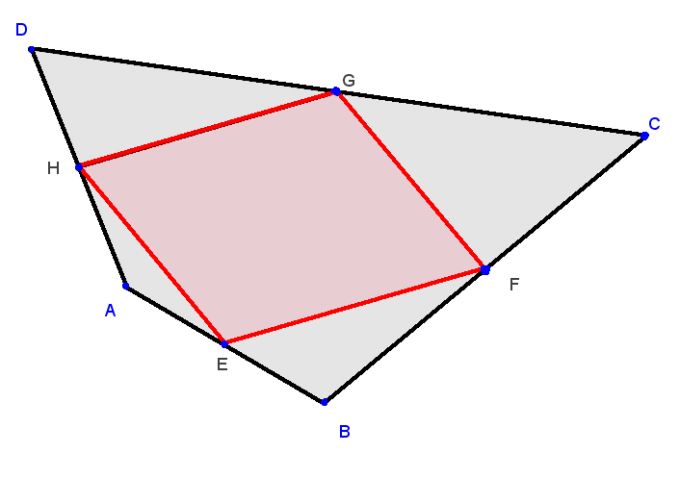You will need
- Handbook of elementary mathematics, geometry textbook
Instruction
1
Theorems of geometry, as a rule, consist of three parts. The first part is an independent statement. It is the essence of the theorem. It is a property of a geometric figure or body, or any other significant objects of geometry (points, lines, angles). The second is a drawing explaining a theorem and provides a visual representation of information presented in the first part. The third is the proof of the theorem (usually, it is the volume part).
2
The first part of the theorem (condition) to learn is much easier if you combine this process with the analysis of the figure. Try to understand every word in the statement. Obviously without understanding the conditions of the theorem to learn it is impossible, moreover, that the statement of the theorem in most cases required in the solution of geometric problems. It is useful to make a drawing related to the condition several times. Then, take a pencil along the side of the figure, which refers to the condition (simultaneous reading and active viewing of the picture - a great way to learn the theorem).
3
To learn the proof of the theorem is more difficult than to understand the condition. Do not try to read the proof at once - first try to prove it yourself. To do this, recall the basic properties of geometric objects appearing in the condition. Using these properties, try to prove the equality of certain elements (corners, edges) or parallel/perpendicular lines. If you do not succeed - do not worry. Read the proof, delving into every sentence. Again, refer to the figure. Then you get to learn a theorem with proof.
4
After some time (about 20 minutes) try to renew the theorem in memory. Make your drawing and specify the condition. The points shall describe the main points of the proof. If you manage to do it - you have dealt with the theorem. Otherwise, go back to the preceding paragraphs.
Note
Learning the theory by heart as a poem not worth it. In this case it will not be able to help in solving problems. Besides, if you forget at least one word - the whole meaning of the theorem can be lost.
Useful advice
It is advisable to learn the theorems of geometry on a point of order, because often the proof of the theorem is based on knowledge of the previous one.




